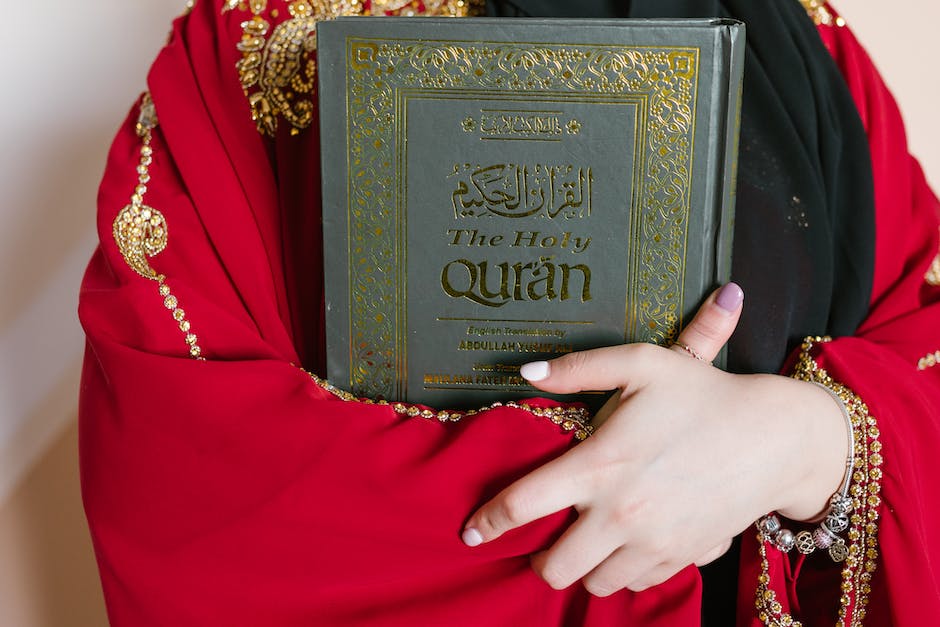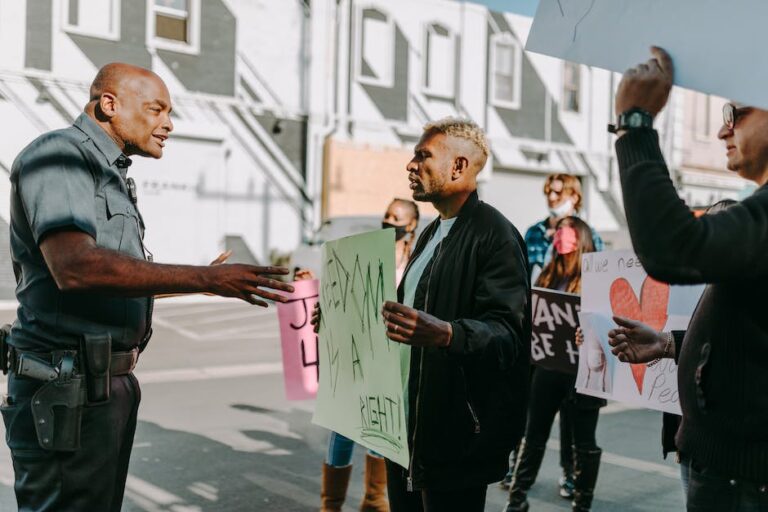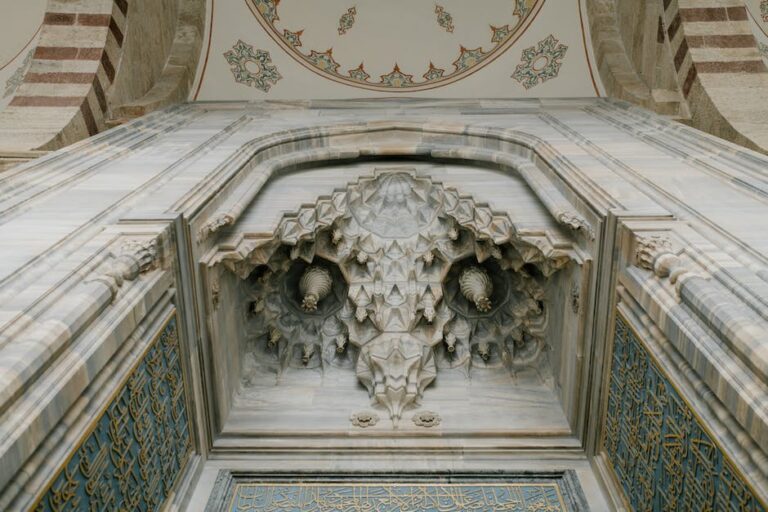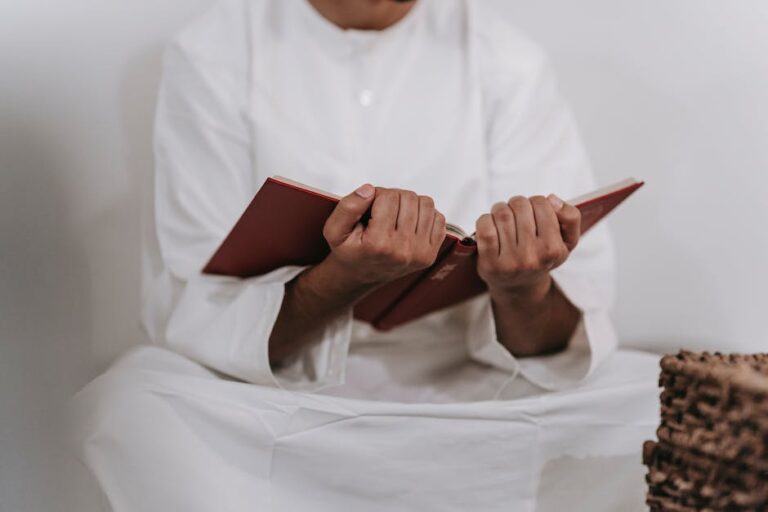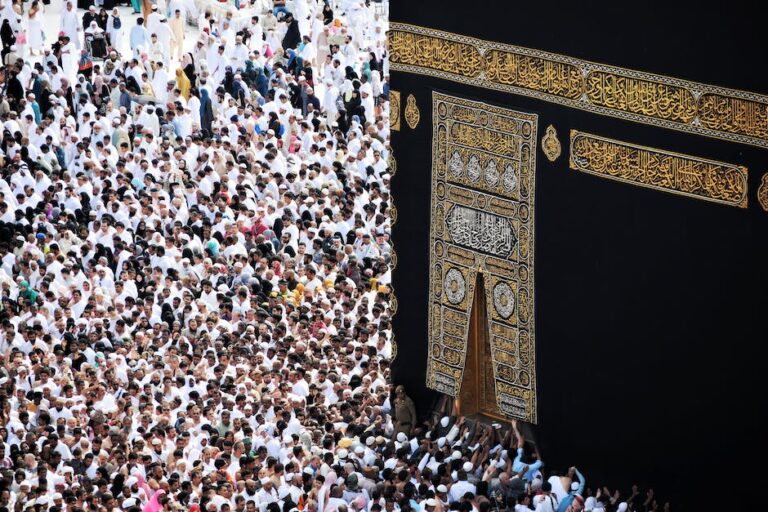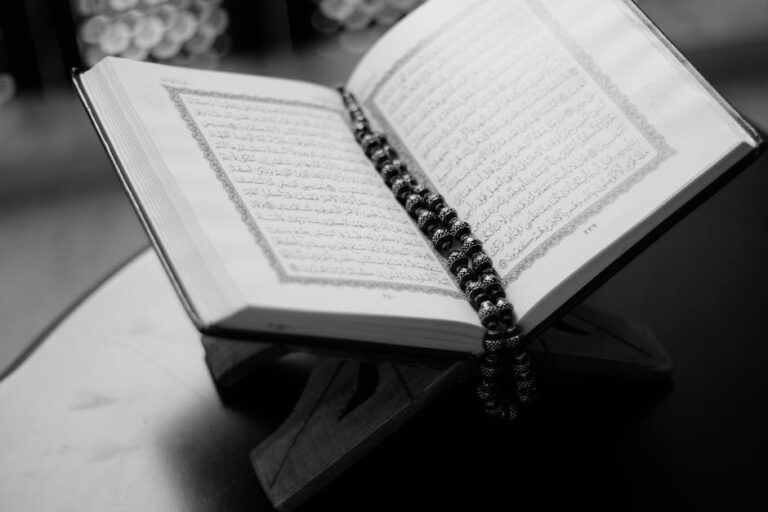Traditional Islamic Clothing: From Kufi Caps to Abayas and Everything In Between
Islamic clothing has a significant role in Muslim society. Traditional Islamic clothing is not just a way of dressing, it’s a representation of Islamic values and beliefs. Islamic clothing follows the guidelines outlined by the Quran and Sunnah, and is designed with modesty, comfort, and identity in mind. Muslim men and women dress in different ways, but the goals are similar: to cover the body and protect one’s modesty.
The choice to wear traditional Islamic clothing is a personal decision, and one that is often influenced by religious beliefs and cultural traditions. Many Muslims see traditional Islamic clothing as a way to display their faith and to distinguish themselves from those around them. It brings a sense of belonging, respect, and identity to those who wear it.
In today’s society, where clothing is often used to express personal style and fashion, traditional Islamic clothing stands out. It’s a reminder of the importance of modesty and the adherence to Islamic beliefs. The different types of traditional Islamic clothing worn by Muslims around the world are a reflection of the global and diverse Muslim community, united in their faith and culture.
Kufi Caps: A Symbol of Islamic Identity
The Kufi cap, also known as a taqiyah, is a small cap worn by Muslim men around the world. It’s a symbol of Islamic identity and is an essential part of traditional Islamic clothing for men. The cap is typically made from cotton or wool, and is designed to fit snugly on the head. It is often worn with thobes or dishdashas to complete the traditional Islamic clothing look.
Kufi caps have a long history in Islamic culture and has been worn by Muslims for centuries. The cap is believed to have originated in ancient Persia and subsequently spread throughout the Muslim world. It’s also known for its connection to the Ottoman Empire, where the Sultans would wear elaborately decorated kufi caps to show their status and power.
Today, kufi caps are more commonly worn as a simple yet elegant addition to an Islamic outfit. The cap serves as a reminder of the wearer’s faith, and promotes a sense of unity among Muslim men around the world. The versatility of the kufi cap means that it can be worn in casual or formal settings, making it a staple in any Muslim man’s wardrobe.
Hijabs and Niqabs: Modesty in Dress
Hijabs and niqabs are some of the most recognizable forms of Islamic clothing worn by Muslim women. The hijab is a headscarf that covers the hair and neck, while the niqab is a veil that covers the face, leaving only the eyes visible. Both are a symbol of modesty and have a long history in Islamic culture.
The wearing of hijabs and niqabs is a personal and cultural choice, influenced by Islamic values, tradition, and beliefs. Muslim women wear hijabs and niqabs for different reasons, including adherence to Islamic law, cultural identification, and personal preference. They are worn in various styles, colors, and designs, reflecting the diversity of the Muslim community.
Despite the controversy surrounding hijabs and niqabs in some parts of the world, they continue to be an important part of Islamic clothing for women. They empower Muslim women to express their faith and identity while promoting a sense of unity and sisterhood among Muslim women globally.
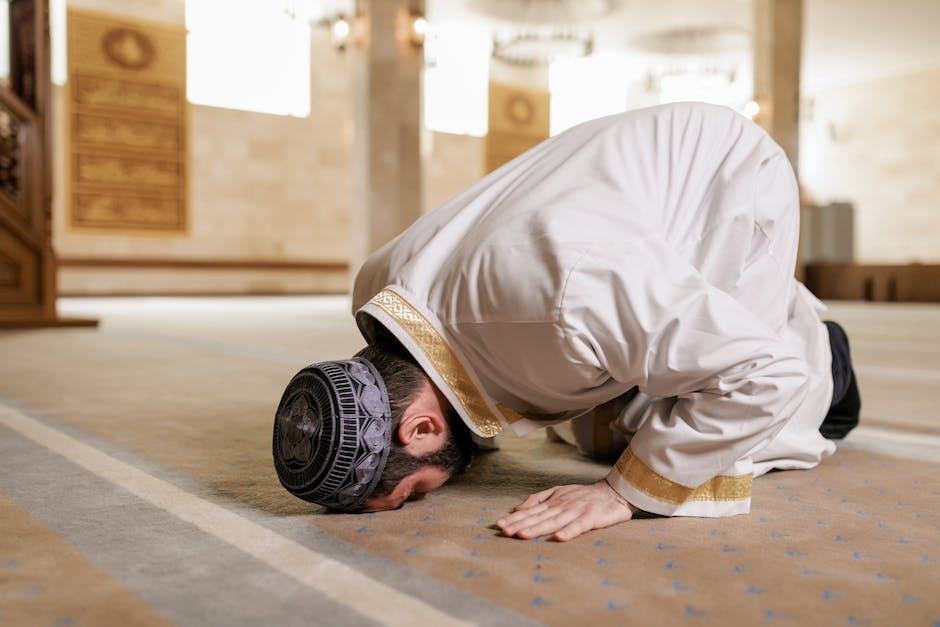
Thobes and Dishdashas: A Popular Choice for Men
Thobes and dishdashas are long, flowing garments worn by Muslim men in many parts of the world. They are the traditional Islamic clothing choice for men, providing comfort, modesty, and a unique cultural identity.
Thobes and dishdashas differ in style, but their purpose is the same: to provide a garment that is comfortable, practical, and promotes modesty. They are often made from lightweight fabrics such as cotton or linen, making them ideal for warmer climates.
Thobes and dishdashas are a popular choice for men, not just because of their cultural significance but also for their versatility. They can be worn for various occasions, from casual gatherings to formal events. They also come in different colors and designs, allowing men to express their personal style while adhering to the guidelines of traditional Islamic clothing.
In conclusion, thobes and dishdashas are an essential part of Islamic clothing for men, representing the diverse Muslim community and its cultural traditions. Their distinctive design and practicality make them a popular choice for Muslim men across the globe.
The Versatility of Abayas: From Casual to Formal
The abaya is a long, loose-fitting garment worn by Muslim women. It covers the entire body except for the face, hands, and feet, and is often worn over other clothing as an outer robe. Abayas come in various styles, colors, and designs, and are a versatile piece for any Muslim woman’s wardrobe.
The abaya’s simplicity and elegance make it an ideal garment for everyday wear, while its versatility means it can also be dressed up for formal occasions. Casual abayas are often made from lightweight fabrics such as cotton or jersey, while formal abayas are often adorned with intricate embroidery, sequins, or beading.
The abaya’s popularity is evident in the growing global market for Islamic fashion. Many fashion designers are now creating abayas that embrace traditional Islamic clothing while also incorporating modern designs and styles, making it more accessible to younger generations.
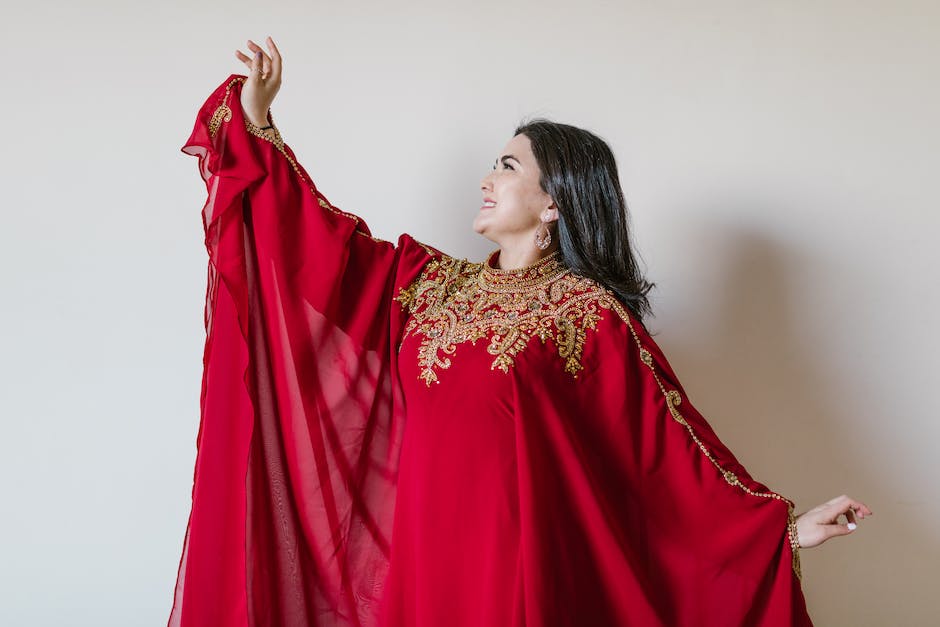
Tips for Choosing and Styling Traditional Islamic Clothing
Choosing and styling traditional Islamic clothing can seem daunting at first, but it doesn’t have to be. Here are some tips to help you choose and style Islamic clothing that suits your personality and lifestyle:
-
Start with the basics: Traditional Islamic clothing includes items such as hijabs, abayas, thobes, and kufis. Begin by investing in these key pieces that you can mix and match for different occasions.
-
Choose quality fabrics: Islamic clothing is designed to be comfortable and practical, so invest in high-quality fabrics that will last and feel comfortable to wear.
-
Embrace modesty: Modesty is a core principle of traditional Islamic clothing, so choose clothing that covers the body in a stylish and modest way.
-
Have fun with accessories: Islamic clothing is versatile enough to allow you to have fun with accessories such as jewelry and scarves, so don’t be afraid to experiment with different styles and colors.
-
Mix traditional and modern styles: You don’t have to sacrifice style for tradition. Mix traditional Islamic clothing with modern pieces to create a unique and stylish look that reflects your personal style.
In conclusion, choosing and styling traditional Islamic clothing can be a fun and rewarding experience. By following these simple tips, you can create a unique and stylish wardrobe that reflects your Islamic identity and personal style.

